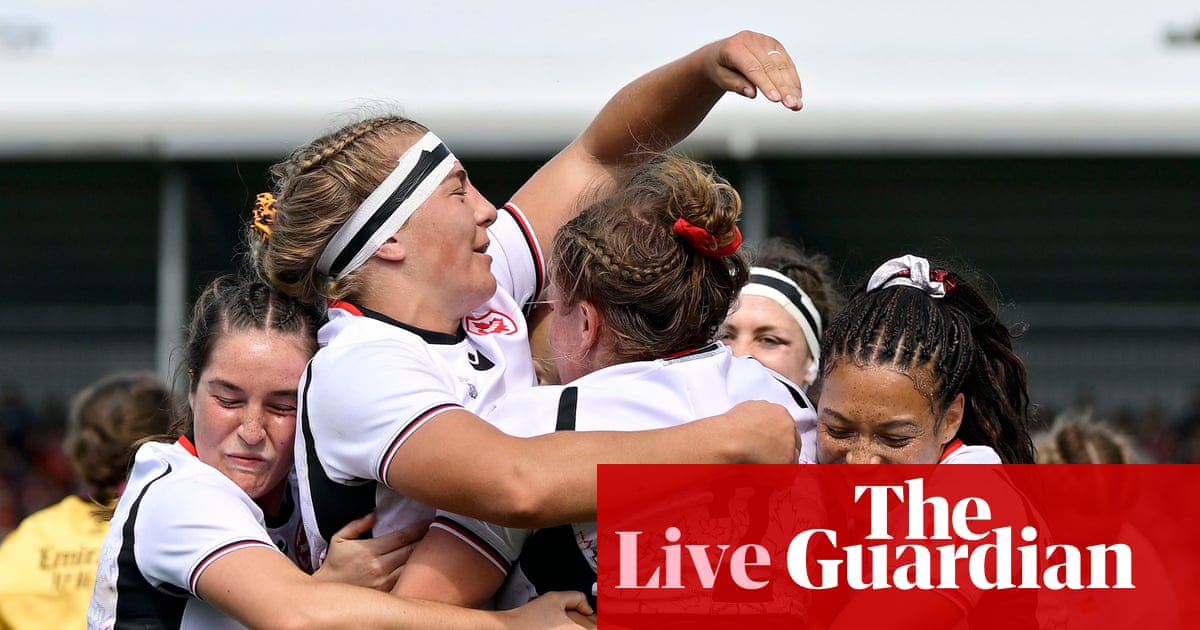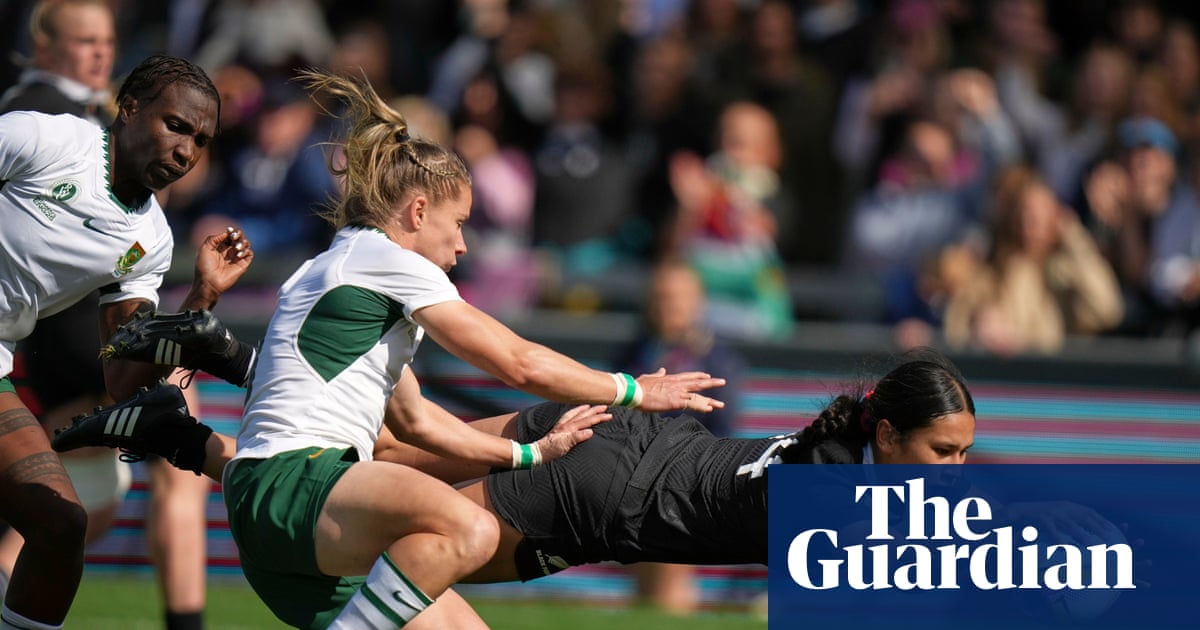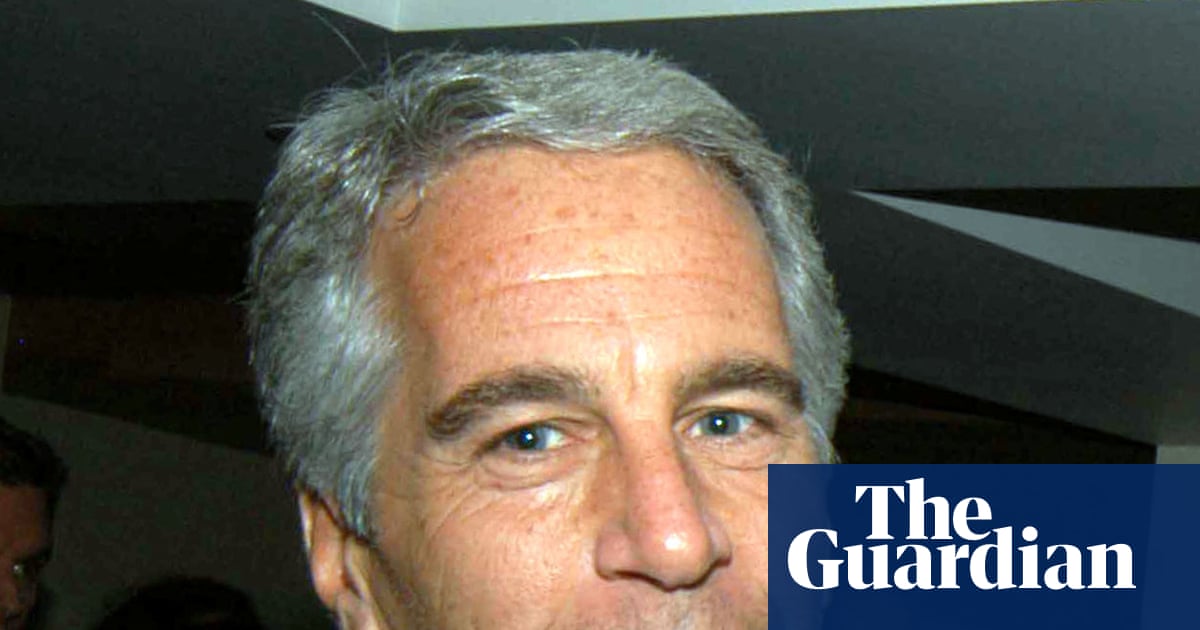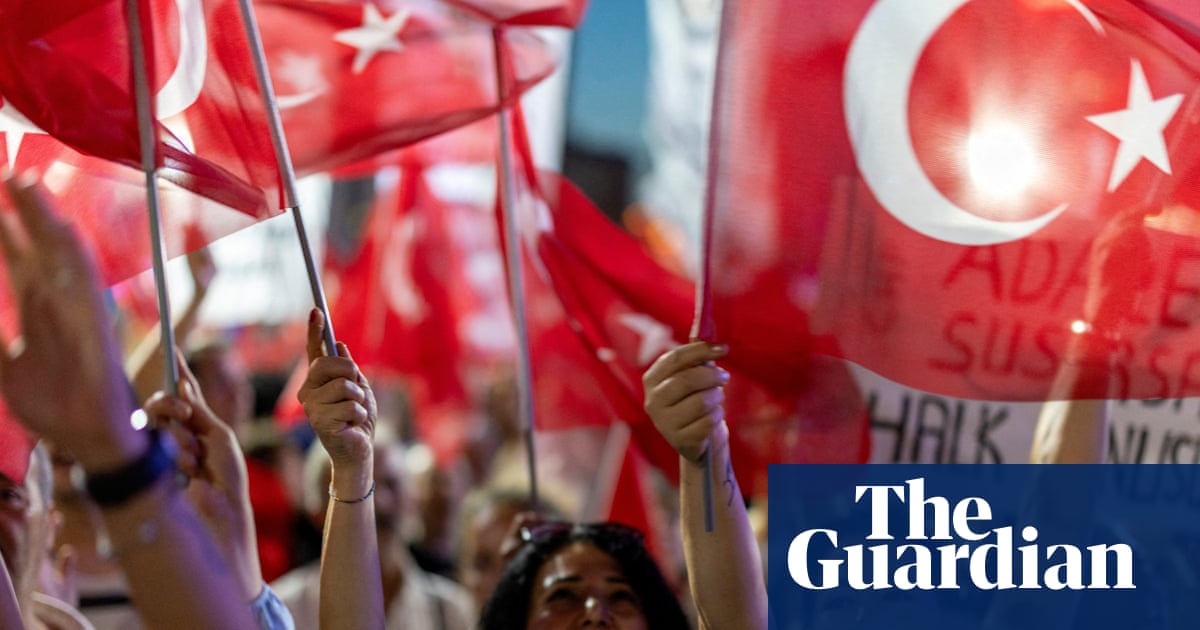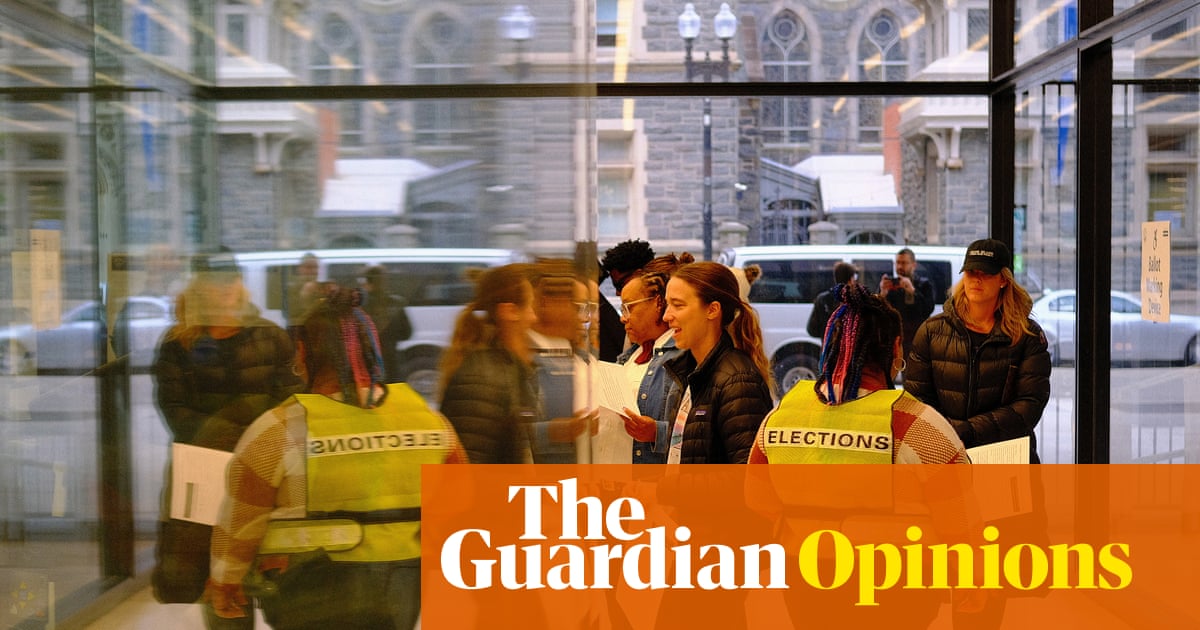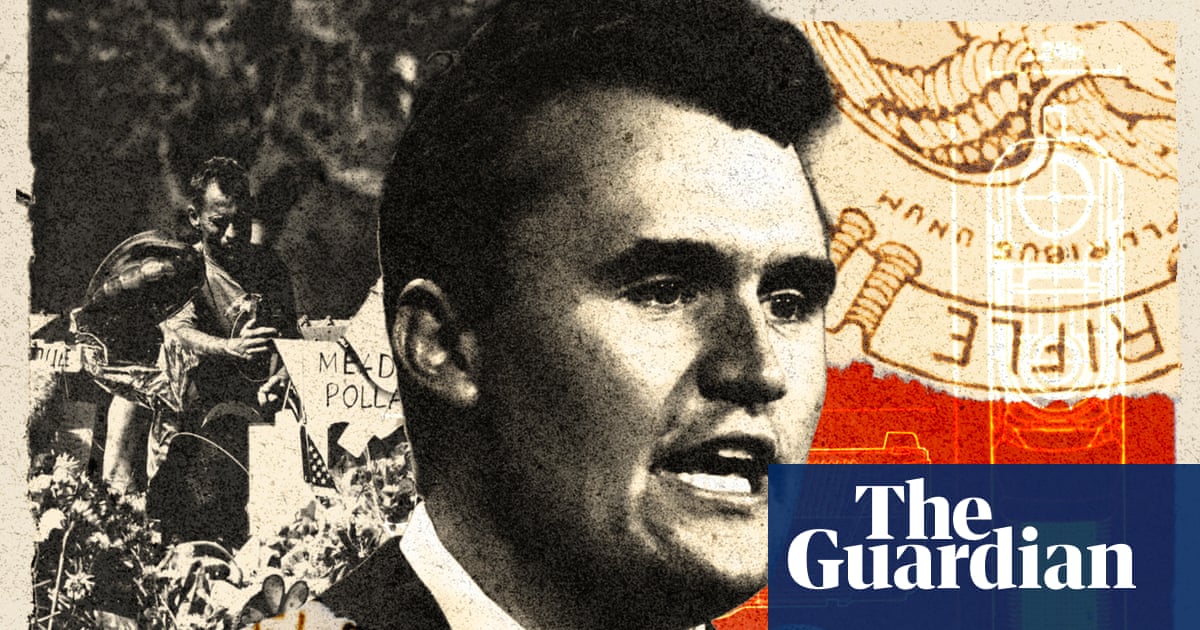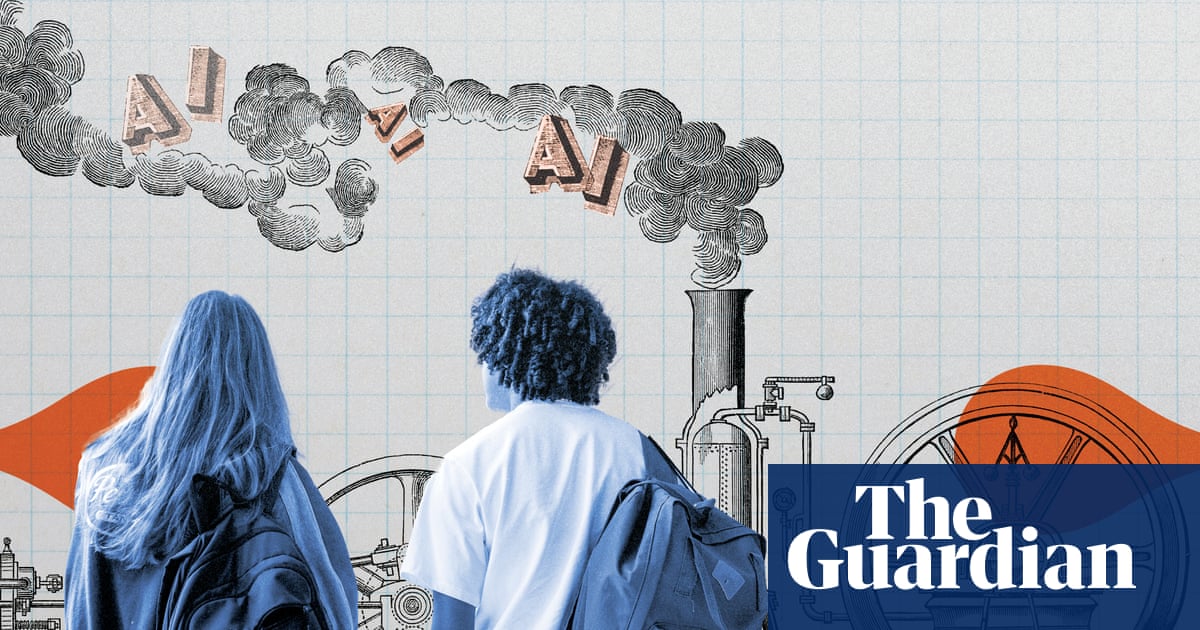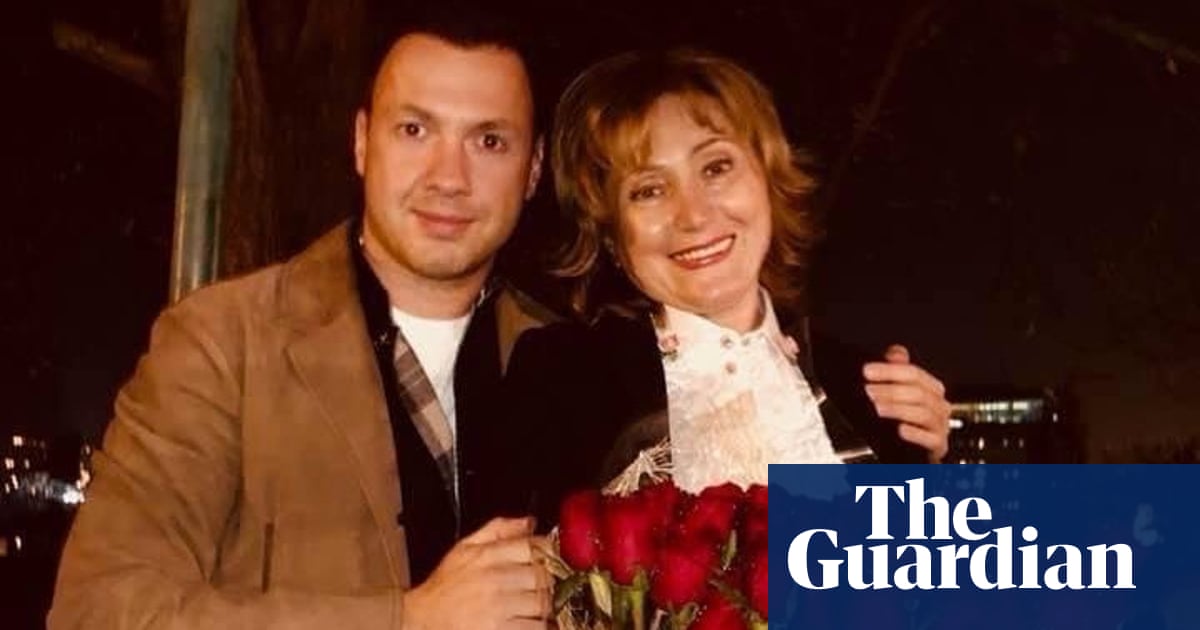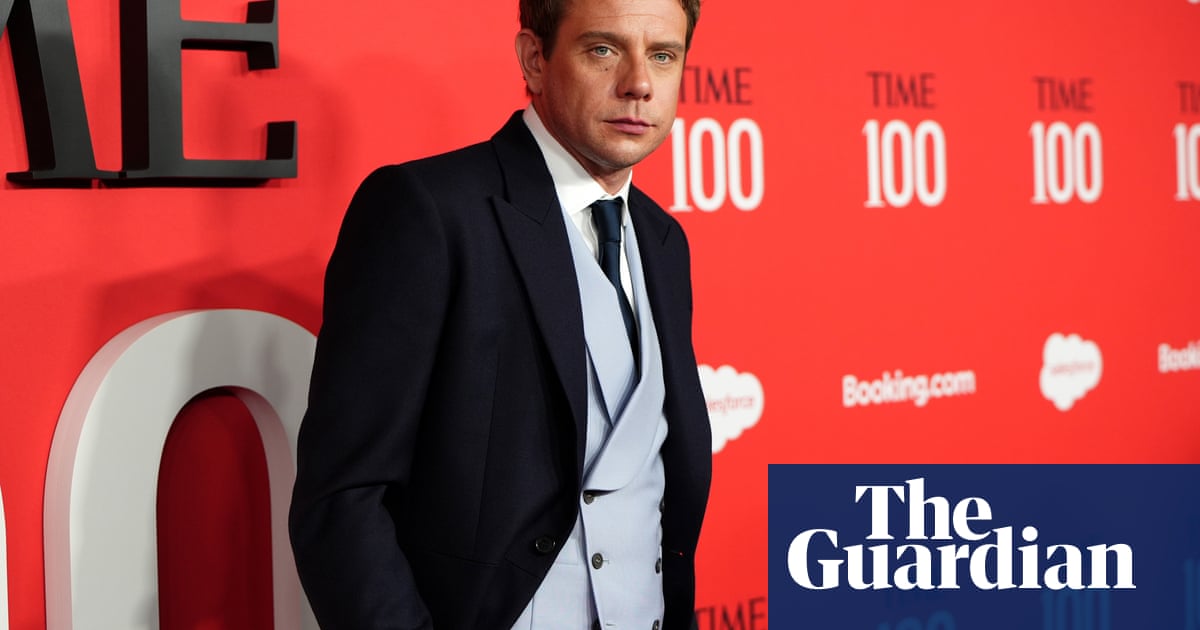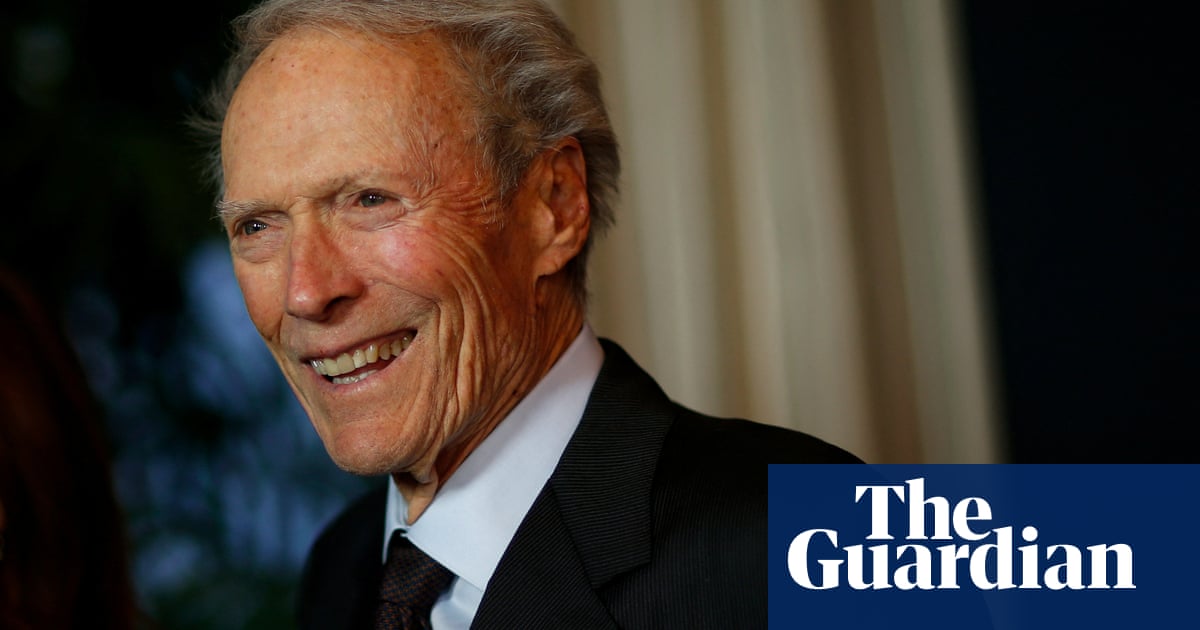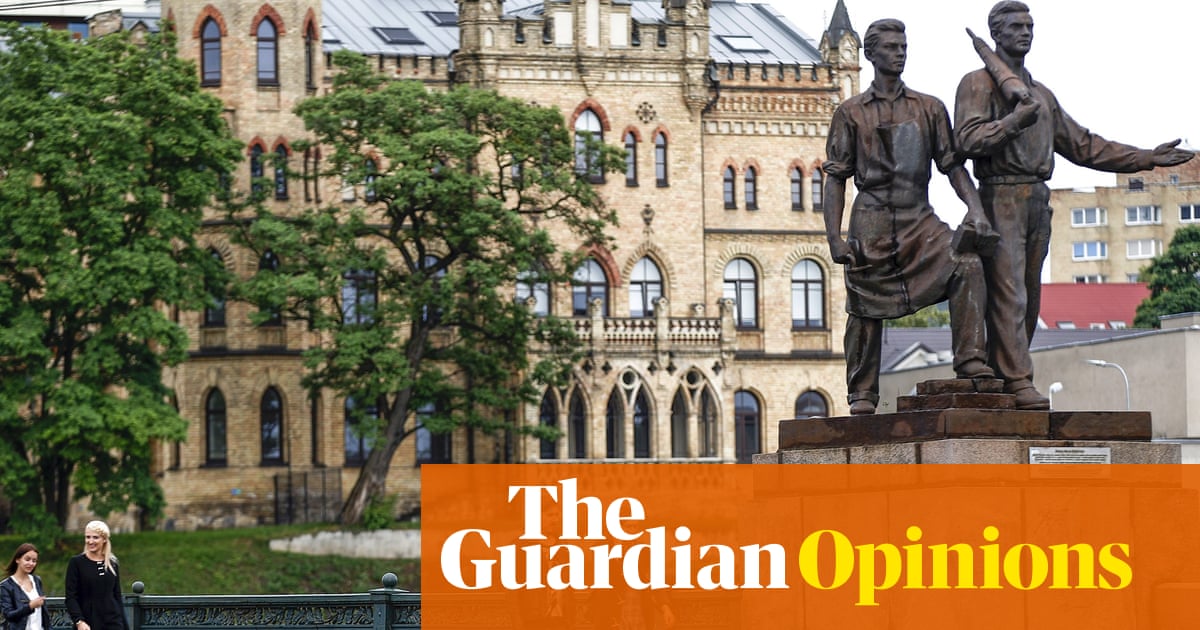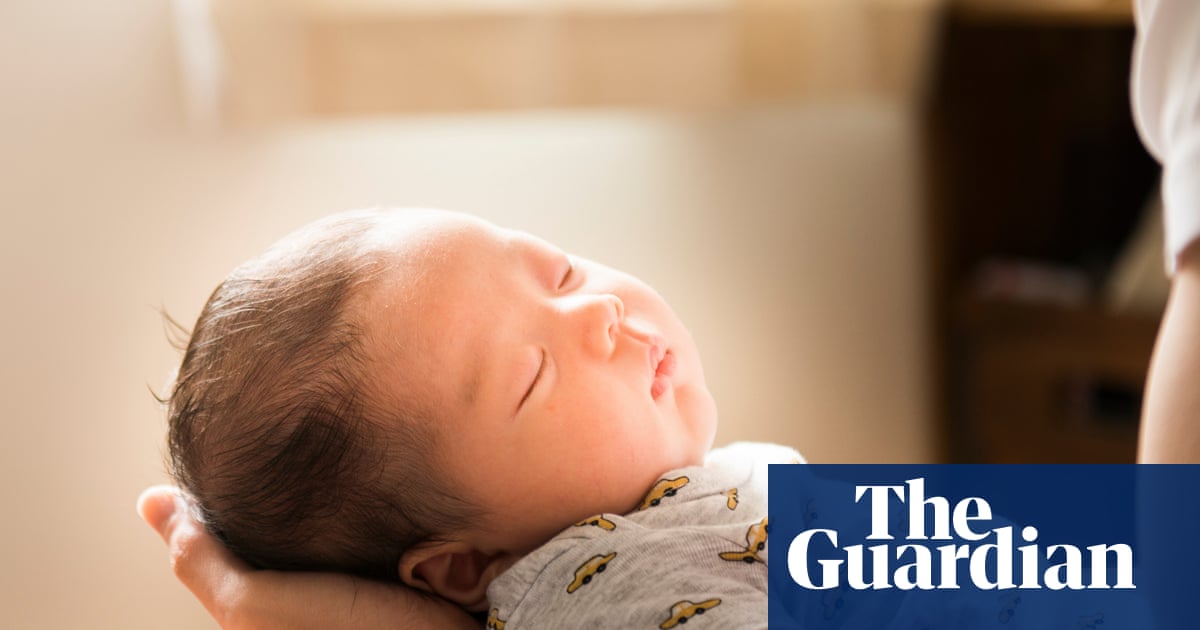

Over the past few years, Nikolai has seen the ups and downs of the funeral trade in his native Ufa, a Russian city in the plains west of the Ural mountains.
The coronavirus pandemic, which hit Russia with devastating force, brought an unexpected boom to his family-run business, forcing him to hire extra staff almost overnight to cope with the rise in funeral demand.
“But after Covid, there was a real dip; people just stopped dying in such numbers,” Nikolai said.
That lull didn’t last. Over the past two and a half years, business has picked up again. Part of the reason: Russia’s casualties in its continuing invasion of Ukraine.
Few regions in Russia have sent as many men to fight and die in Ukraine as the republic of Bashkortostan, whose capital, Ufa, draws recruits from poorer surrounding areas in search of money.
“Sometimes, I check the name of the person we’re burying and realise it’s someone I know – someone I went to school with or met before,” said Nikolai, who asked that his last name be withheld for fear of government reprisal.
Since the start of its war in Ukraine, Russia’s military casualties have remained a closely guarded state secret. But look a little closer and the signs of devastation are unmistakable – from the booming funeral industry to the rising number of veterans returning home without arms or legs.
In total, between January and April 2025, funeral service providers in the country earned nearly 40bn rubles – (£380m), a 12.7% year-on-year increase, according to Rosstat, Russia’s federal state statistics service.
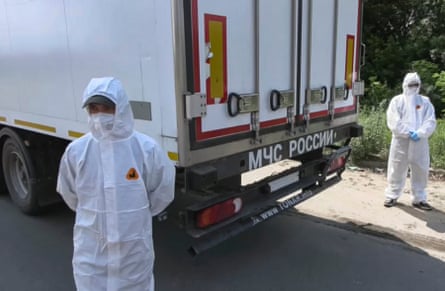
This month, Russia’s wartime toll of dead and wounded reached a historic milestone.
According to the British Ministry of Defence, more than one million Russian troops have been killed or injured since the full-scale invasion of Ukraine began on 24 February 2022.
The estimate aligns with a recent study by the US-based Centre for Strategic and International Studies (CSIS), which puts Russian military deaths at up to 250,000 and total casualties, including the wounded, at over 950,000. Ukraine has suffered very high losses as well, with between 60,000 and 100,000 personnel killed and total casualties reaching approximately 400,000.
While precise wartime casualty figures are notoriously difficult to verify, the independent Russian outlet Mediazona has identified the names of more than 111,000 Russian military personnel killed, using official records, social media obituaries, and images of tombstones. The outlet believes the true death toll is significantly higher.
These are staggering figures by any measure of comparison in modern Russian history.
In just over three years, Russian fatalities are estimated to be five times higher than the combined death toll from all Soviet and Russian wars between the end of the second world war and the start of the full-scale invasion in 2022.
The war in Ukraine has proved far deadlier for the Kremlin than other recent conflicts: Russia’s losses are roughly 15 times greater than those suffered during the Soviet Union’s decade-long war in Afghanistan, and 10 times higher than in Russia’s 13-year war in Chechnya.
And it’s not just the dead returning in caskets – soldiers with amputated limbs and serious injuries are also coming home, driving a sharp rise in the production of prosthetic limbs.
“We doubled the number of our clients one year into the conflict and since then it has been a steady 10% increase annually,” said Igor Vinogradov, the director of a mid-sized prosthetics and orthopaedics firm in northern Russia.
“By far, the majority are war veterans,” Vinogradov said, adding that his company relies on imported prosthetic arms and legs from Germany, as well as some homegrown technology.
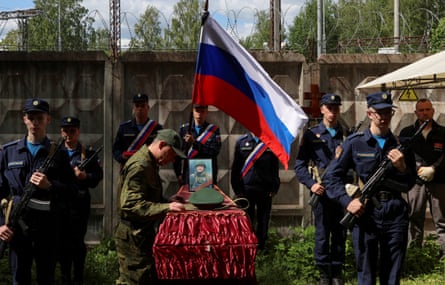
Data from Russia’s labour ministry shows the state subsidised the provision of 152,500 prosthetic limbs to people with disabilities in 2024. That marks a 53% increase on the previous year, when 99,200 artificial arms and legs were distributed – itself a sharp rise from 64,800 in 2022.
“The market has exploded,” said a prosthetics manufacturer in Moscow, who asked not to be named.
Russia’s losses in Ukraine are likely to further accelerate the country’s deepening demographic crisis. The invasion has already caused tens of thousands of young Russians to emigrate to the west and has claimed the lives of many others who might have formed the backbone of the workforce for decades to come.
The toll compounds the damage from the Covid-19 pandemic, which caused more than a million excess deaths and left lasting scars on Russia’s population.
Alexander Raksha, an independent demographer and former analyst at Rostat, estimates average male life expectancy has fallen from 68 to 66 since the start of the full-scale invasion. He said the government has made it harder to track the long-term demographic consequences of the ongoing fighting.
“Russia stopped publishing all mortality and life expectancy data for its male population from 2024 onwards,” Raksha said.
Russian anti-war activists, inside and outside the country, initially believed the rising number of returning bodies would spark public protests.

But Russia’s expansive propaganda campaign has portrayed the fallen as heroes, with Vladimir Putin repeatedly touting the idea that dying on the frontlines is more meaningful than enduring a bleak existence in the country’s impoverished towns.
Responding to a grieving mother during a televised meeting in late 2022, he said: “Some people die in road accidents, others from alcohol – when they die, it’s unclear how. But your son lived, do you understand? He fulfilled his purpose.”
Instead of widespread public discontent, the opposite now appears to be true: many Russians who have lost relatives are urging the Kremlin to press on, convinced that the losses must be justified.
Among them is Dmitry Shkrebets, whose son, Yegor, was one of more than three dozen sailors killed when Ukraine struck Russia’s Black Sea flagship, the Moskva, in 2022.
Shkrebets now runs a blog in which he routinely urges Russia to step up its attacks on Ukraine.
“Any compromise with Ukraine would be a betrayal of the country. A betrayal of the blood our sons have shed,” Shkrebets said.
“We need to see this through to the end,” he said, adding that he hoped Russia would soon launch an offensive on the Ukrainian cities of Odesa and Mykolaiv.
To maintain support among grieving families, the Kremlin has also resorted to offering generous payouts to the relatives of the dead and wounded. According to a study by the Re:Russia thinkthank, the government allocated at least 1.2tn rubles (about $15.3bn) in 2024 alone for compensation to the families of the dead and injured.
The sheer scale of the losses – and the money involved – has given rise to dedicated message boards and online discussion groups, where relatives of the deceased exchange advice on how to access death benefits, or vent their frustrations about long-absent family members suddenly reappearing to claim a share of the compensation.
“My husband signed the contract a few days before we got married. He died shortly after. Now his children from a previous marriage are suing me to take away the death payouts … Please help!” read one recent post on VKontakte, Russia’s equivalent of Facebook.
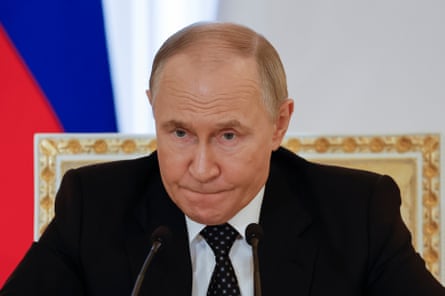
For now, Moscow appears able to replenish its manpower for the war, allowing it to slowly advance and capture more territory in Ukraine despite the human cost.
Military recruitment continues to surge across many regions, with signing bonuses for contracts to join the war reaching record highs – up to 2m rubles (about $25,000).
Janis Kluge, a researcher on the Russian economy at the German Institute for International and Security Affairs, estimates Russia recruited 89,601 men between January and March 2025, based on federal spending on sign-up bonuses.
“This represents a 22% increase over the same period last year,” Kluge said.
Nikolai, the funeral home director, said he’s closely watching the ongoing peace talks between Russia and Ukraine to determine his next business move.
“Of course, I hope this ends soon and the deaths stop,” he said, noting with disappointment the talks appear to have stalled. “It just feels wrong to be making money off young guys dying.”

 2 months ago
60
2 months ago
60





